Holistic Training – A Kinder, Smarter Way to Work with Your Horse
- Horses Inside Out

- Aug 4
- 5 min read
Updated: Aug 14
When we think about training horses, the first things that often come to mind are riding on the flat, groundwork, lunging and jumping. While these are all important parts of developing a horse, there's a growing movement toward a more holistic approach to training and working with horses that sees them as whole beings, not just athletes or tools for riding.
Holistic training is about more than just teaching a horse to respond to aids, it considers the horse’s mind, body, and spirit. It looks at how the horse feels physically and emotionally and tries to build a trusting, respectful relationship between horse and human. As the topic of social licence is often under discussion, we owe it to the horse to develop a more welfare-led approach to training them to ensure their future.

What Does Holistic Mean?
The word holistic simply means whole. In the world of horse training, this means understanding and supporting every part of the horse:
Physical health (diet, movement, bodywork)
Mental well-being (reducing stress, building confidence)
Emotional balance (creating trust, positive communication)
Knowledge of how each anatomical system in the horse influences movement, performance, and management, is crucial for making informed training decisions. A comprehensive understanding of how horses work underpins all sound training principles.
When we train holistically, we are constantly asking: Is my horse comfortable? Are they happy in their work? Is their behaviour trying to tell me something?
The topic of Holistic Training is one that is covered in Chapter 2 of The Bare Bones of the Matter docuseries and is a powerful exploration of how we train, coach, and care for horses with long-term wellbeing in mind.
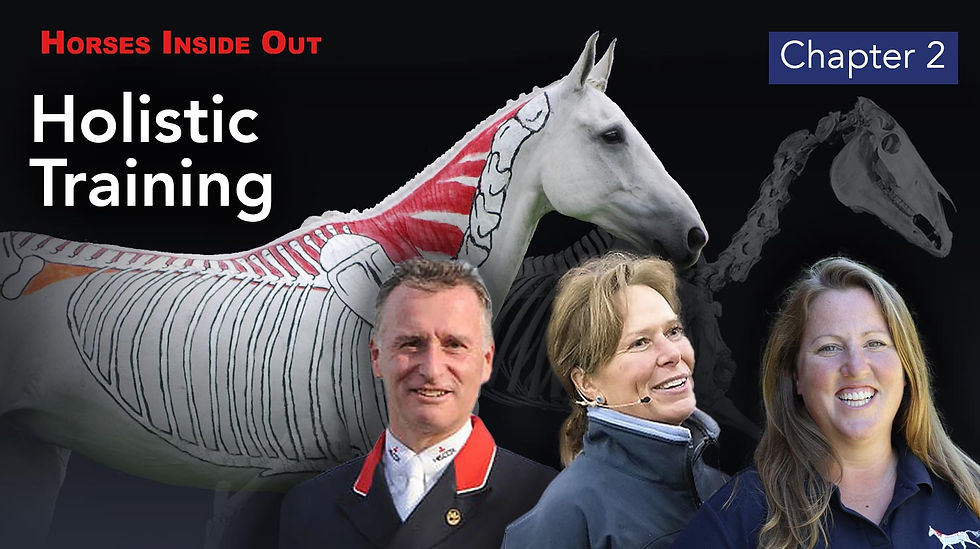
In this engaging chapter, Gillian Higgins is joined by the late Caroline Moore FBHS, whose legacy in ethical, effective coaching continues to inspire, and Olympian Richard Davison, a pioneer in dressage and equine education. Together, they dive into the principles of holistic training – where welfare, soundness, and longevity are at the heart of every decision.
Chapter 2 also features thoughtful insights from Roly Owers Chief Executive World Horse Welfare and Kelly Marks of Intelligent Horsemanship, who offer powerful perspectives on the growing expectations surrounding horse care, training ethics, and public perception.
With social licence now front and centre in the equestrian world, this episode serves as a timely reminder that how we train and care for our horses matters — not only for their wellbeing today, but for the future of our sport. If equestrianism is to thrive in the years ahead, raising the bar in welfare and ethical practice is something we must do — together.
“It is imperative that we continuously strive to improve equine welfare by increasing our knowledge and understanding of what horses need to have a good life.” Says Roly Owers.
Why Go Holistic?
Many behaviour problems like bucking, refusing jumps, or biting, aren’t just “naughty” behaviour. Often, they’re signs of pain, fear, or confusion. Holistic training helps you look beyond the surface and understand why your horse is acting a certain way.
One of the most powerful tools in holistic training is simply listening. By doing this and making adjustments, whether it’s checking saddle fit, changing feed, or offering more turnout time, you create a partnership based on trust rather than fear or force.
Holistic Training and the Five Domains of Horse Welfare
Holistic training is something that World Horse Welfare believe should be part of a wider comprehensive management plan for horses. The 5 domains model for animal welfare provides a framework to allow horse owners, carers and riders to do this.
Understanding the Five Domains
The Five Domains model encourages us to go beyond simply managing health. It asks us to consider how a horse feels across five interconnected areas:
1. Nutrition
Is the horse receiving the right quantity and quality of food and water to meet its physical and behavioural needs?
2. Health
Is the horse free from disease, injury, and discomfort — and is it physically fit to perform the tasks we ask of it?
3. Environment
Is the horse kept in surroundings that are safe, stimulating, and suited to its natural behaviours?
4. Behavioural Interactions
This domain looks at how the horse interacts with:
· Other horses (socialisation and companionship)
· Its environment (access to movement, enrichment, and natural behaviours)
· People, especially trainers and riders, whose methods and attitudes can greatly impact the horse’s emotional state.
5. Mental State
The fifth domain is the overall mental and emotional state of the horse, shaped by the cumulative effect of the previous four. Horses experience a range of emotions, and their mental wellbeing depends on the balance between positive and negative experiences.
Why Individuality Matters
What’s especially important to understand is that each horse will respond differently to the same situation. What one horse finds rewarding or enjoyable, another might find stressful. That’s why holistic training requires a horse-centred approach, treating each animal as an individual with unique needs and preferences.
The goal of training should always be to create positive experiences that enhance the relationship between the horse and human. We can do this by basing our methods on learning theory (the science of how animals learn).

Questioning our Training
Holistic training also asks us to reflect on why and how we train. Ethics challenges us to consider not just can I do something with my horse, but should I?
This includes thinking carefully about:
The training methods we use
The tack and equipment we choose
The types of activities we ask our horses to do
By thinking about these things as we go about our daily routines, we help to ensure that training becomes part of a wider welfare-first philosophy. One that builds trust, supports wellbeing, and strengthens our connection with the horses in our care.
A Better Way Forward
Holistic training is something we can all start doing and anyone can start by making small changes. Holistic training isn’t a strict method, it’s a mindset. It’s about respecting your horse, treating them as a partner and being open to learning and adapting along the way.
Horses are amazing creatures and give us so much – do we not owe it to them to give them the best care and training in return?
We are delighted to be partnering with four collaborators for Chapter 2: Holistic Training








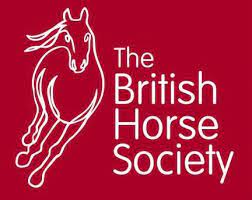

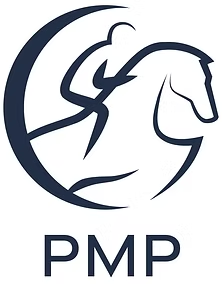
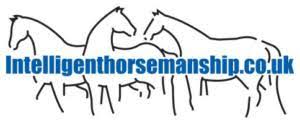





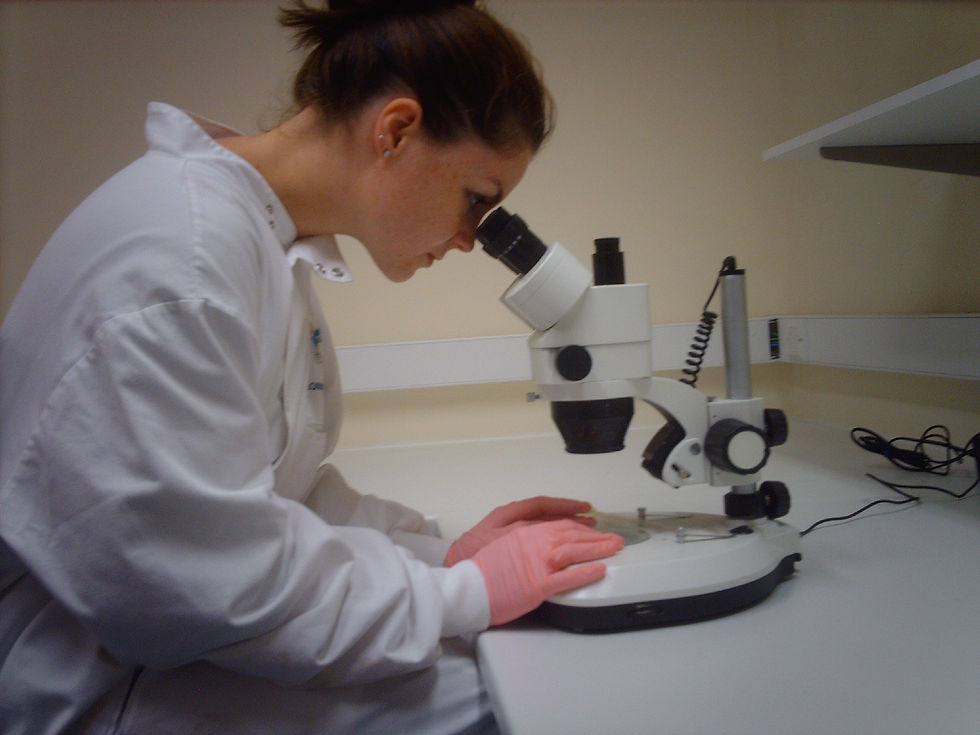
Bình luận